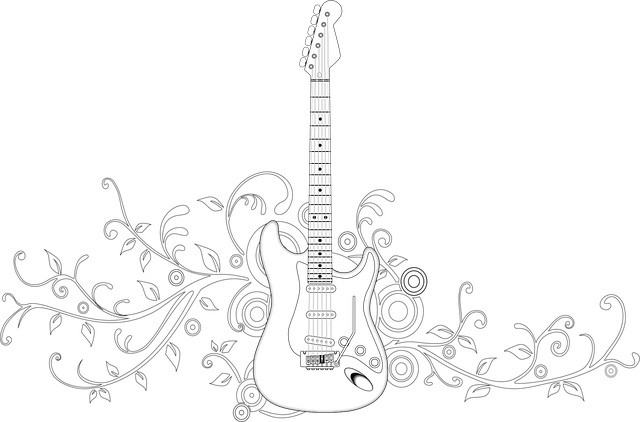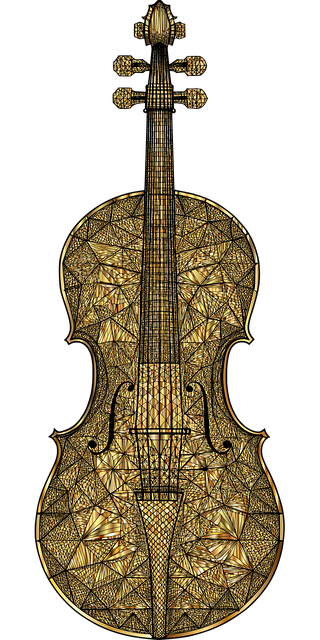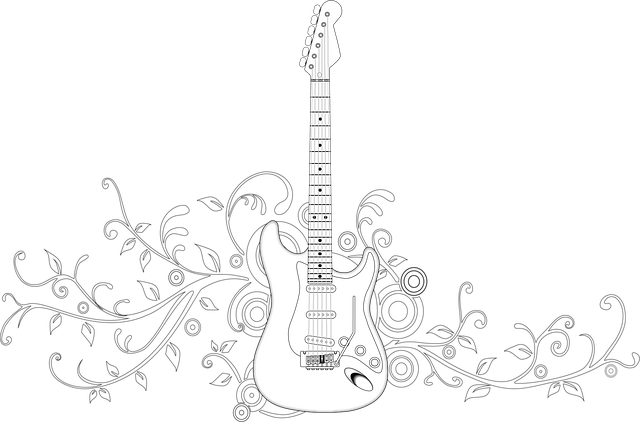The vocal range of a performer significantly impacts the emotional depth and appeal of a pop song, with pitch, breath control, and diction crucial for effective lyrics. Rhythm sections, comprising drums & percussion, drive engagement with diverse rhythms from 4/4 beats to intricate syncopations, enhanced by modern tools like electronic drums and samplers. Melodic instruments like guitars, pianos, and synthesizers craft memorable hooks and melodies, while synthesizers offer unique timbres and textures, transforming ordinary songs into extraordinary works of art.
In the world of pop music, certain instruments play a pivotal role in crafting catchy and memorable songs. From the powerful vocals that capture our hearts to the rhythmic sections driving energetic beats, each element contributes to the vibrant tapestry of a pop tune. Discover the essential instruments that shape modern pop sounds, exploring vocal ranges, rhythm sections, melodic lines, and the ubiquitous synthesizers that define today’s musical landscape.
- Vocal Range: The Heart of Any Pop Song
- Rhythm Section: Driving Beats and Grooves
- Melodic Instruments: Weaving Catchy Hooks
- Synthesizers: Shaping Modern Pop Sounds
Vocal Range: The Heart of Any Pop Song

The vocal range of a performer is a key element that defines the emotional impact and overall appeal of a pop song. From high-pitched notes that soar to powerful lows, a singer’s ability to navigate and control their voice is essential in delivering a captivating performance. In modern pop music, artists often showcase their vocal prowess by hitting complex harmonies and intricate melismata, adding depth and intrigue to the track. Understanding one’s vocal range and how to leverage it is crucial for any aspiring singer looking to make their mark on the music scene.
Developing a strong sense of pitch, breath control, and diction is vital for singers to convey lyrics effectively. This mastery over one’s voice allows performers to connect with listeners on an emotional level, ensuring that every note resonates with the audience. As you explore music history timeline for beginners or delve into music appreciation for beginners, you’ll discover that iconic pop songs often hinge on a singer’s unique vocal range and their ability to manipulate it, creating memorable moments that stay with fans for years to come. Visit us at Music as a Universal Language anytime to learn more about these fundamental aspects of songwriting and performance.
Rhythm Section: Driving Beats and Grooves

The rhythm section forms the backbone of any pop song, providing the driving beats and grooves that keep listeners engaged. This crucial component typically includes a combination of drums and percussion instruments, which collectively create the song’s pulse. The drum kit, with its kick drum, snare, toms, and cymbals, is a staple in pop music, offering a wide range of rhythmic possibilities from steady 4/4 beats to more complex syncopations. Percussion instruments such as the conga, bongos, and tambourine add texture and flair, creating dynamic accents that elevate the song’s energy.
In modern concert hall experiences and even when composing for film and video games, musicians often utilize electronic drums and samplers to achieve a versatile range of sounds and rhythms. These tools enable artists to create unique beats tailored to their creative vision, blurring the lines between traditional and contemporary rhythm sections. Whether it’s a live performance or a studio recording, a well-crafted rhythm section is essential for crafting memorable pop songs that resonate with audiences. So, if you’re looking to give us a call at live performance: stage lighting design, remember that the rhythm section sets the stage for an unforgettable musical experience.
Melodic Instruments: Weaving Catchy Hooks

Melodic instruments play a pivotal role in crafting the enchanting hooks that capture listeners’ attention and keep them engaged throughout a pop song. These instruments, such as guitars, pianos, and synthesizers, are instrumental in creating the emotional core and memorable melodies that resonate with audiences. Understanding musical forms and the science behind music and memory further highlights the significance of these melodic tools; they help structure songs in ways that evoke specific emotions and create lasting impressions.
In the realm of pop music, where creativity knows no bounds, artists often explore unconventional instruments and their unique sounds to add depth and intrigue to their compositions. From the soft strums of an acoustic guitar to the synth’s ethereal notes, these melodic instruments contribute significantly to a song’s overall appeal. Moreover, mastering dynamics—the art of controlling volume and intensity—as showcased in our music appreciation sessions, allows musicians to craft subtle nuances that enhance the emotional impact of each melody, ensuring their songs leave a lasting impression on listeners.
Synthesizers: Shaping Modern Pop Sounds

Synthesizers have played an indispensable role in shaping modern pop sounds, serving as a cornerstone for countless hit songs across various genres. These electronic instruments offer an unparalleled range of possibilities, from creating lush, atmospheric pads to generating catchy, rhythmic beats and melodic hooks. By manipulating sound waves and utilizing advanced technology, synthesizers allow musicians to craft unique timbres and textures that can elevate a track from ordinary to extraordinary. In today’s music landscape, where production techniques continue to evolve, the synthesizer remains a staple, enabling artists to push boundaries and create innovative, futuristic tunes that captivate audiences.
Beyond their technical advantages, synthesizers hold a special place in modern concert hall experiences, where they contribute to immersive performances that blend electronic elements with traditional instrumentation. This fusion not only opens up new creative avenues for musicians but also enriches the listening experience for fans. As we explore a historical journey through music genres, it’s evident that synthesizers have left their mark, influencing everything from pop and dance to rock and hip-hop. Give us a call at [pop culture’s influence on music trends] to discuss further how these instruments continue to shape the musical landscape, benefiting not just professional musicians but also those pursuing music education for adolescents who want to explore the creative possibilities of modern music production.
In the dynamic world of pop music, a harmonious blend of various instruments comes together to craft captivating songs. From the expressive vocal range that captivates listeners, to the rhythmic heartbeat driving energy, and melodic lines creating memorable hooks—each element plays a vital role. Additionally, synthesizers have emerged as powerful tools, shaping contemporary pop sounds with their versatile capabilities. By combining these essential instruments, modern pop music continues to evolve, creating an ever-changing yet universally appealing landscape for music enthusiasts worldwide.








Leave a Reply